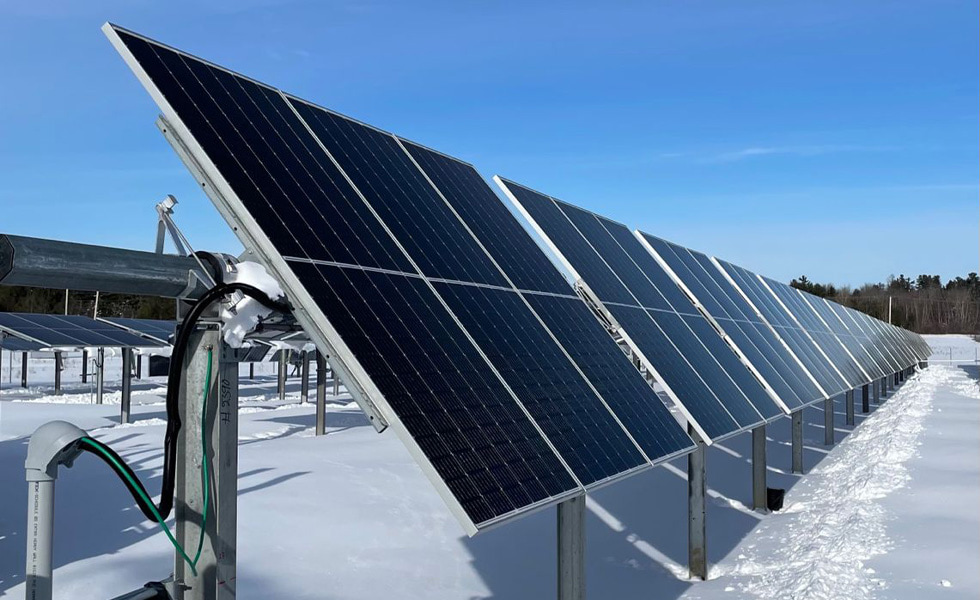
When shopping around for solar mounts for sale online, it’s easy to be overwhelmed by all the available options. But with an organized approach, you can make an informed choice that serves your needs.
Your budget, location, and other factors can significantly impact which mounting material is suitable for you. Let’s consider the characteristics of various mounting materials:
Aluminum – lightweight, strong, and resistant to corrosion. Aluminum angle is easy to work with, you can drill holes into it with commonly available tools, and the material is compatible with most solar panel frames. Aluminum is not easy to weld.
Angle Iron – easy to work with but corrodes rapidly. Galvanizing will slow corrosion, but mounting brackets and bolts will still rust, particularly in a wet environment. The material is readily available, and brackets can be welded easily.
Stainless Steel – Expensive and difficult to work with but will last for decades. This may be a good investment in salt spray environments.
Wood – Inexpensive, available, and easy to work with but may not withstand the weather for many years – even if treated with preservatives. Attaching modules to a wooden frame requires battens or clips to hold them.
Roof-Mounted Solar Panels vs. Ground-Mounted Solar Panels
There’s no question that roof-mounted solar panels are the most common in most areas. Because setting up solar panels on a roof often allows maximum sunlight exposure and doesn’t take up extra space on the property, many home and business owners prefer this method.
However, roof mounting solar panels is generally more complex than either ground mounting or pole mounting. Roof mounts are more challenging to install, mainly if the roof orientation and/or angle are not good for solar (for instance, north-facing or flat roofs).
Home and business owners that choose ground-mounted solar panels typically do so for one of four key reasons:
They don’t have enough roof space for a roof-mounted solar system
Their roof is north-facing or is shaded by trees or nearby structures, which is not ideal for solar panel output
The ground allows for better optimization of the system
They are using bi-facial solar panels
Roof mounting should also be avoided when the roof is nearing the end of its expected life (typically 20 years for a composite shingle roof). Disconnecting and removing the solar panels, racking, and mounting to get the roof replaced adds a lot of cost and complexity to the job – as does reinstalling all the solar equipment after the roof has been replaced. Keep in mind that roof-mounted solar panels extend the roof’s life beneath them by protecting them from the elements – so you don’t need a new roof if you want to roof-mount your solar panels, but you shouldn’t have an old one either.
Ground-mounted solar systems can be secured directly into the ground or attached to ballasted mounts. Ballasted solar mounts are freestanding, held down by the weight of the panels (and sometimes additional weight as well) but not secured in the ground. Since there isn’t any drilling required for ballasted solar mounts, this type is popular for ground-mounted systems.
